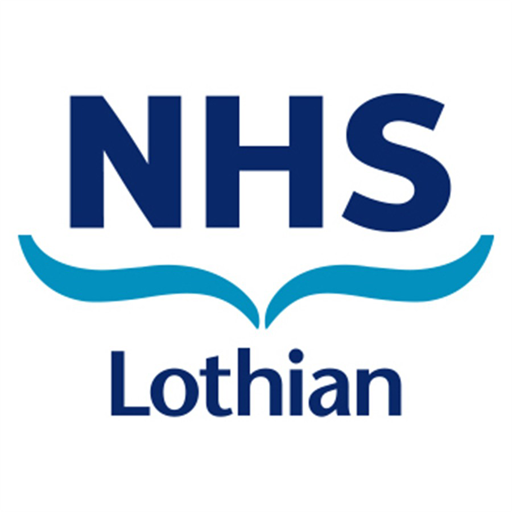Optimal cord clamping

- DEFINITIONS
Optimal cord clamping : Placental oxygenation and perfusion of the infant is maintained for at least 60 seconds following delivery, while the infant transitions to extrauterine life.
Immediate cord clamping: The umbilical cord is clamped and cut as soon as the infant is delivered, and before transition to extra-uterine life has occurred.
- INTRODUCTION
Term infants
In term infants who are not felt to require immediate resuscitation, optimal cord clamping delivers an additional 80-200ml of blood and is routinely recommended by the International Liaison Committee on Resuscitation and the Newborn Life Support guidelines (1) due to a two-fold reduction in iron deficiency anaemia in the first year of life (2).
Preterm infants
In preterm infants, optimal cord clamping may result in an additional 10 - 15 ml/kg of blood for the baby and evidence from 18 RCTs enrolling over 2800 infants shows that this has both short and long term benefits:
- Reduction in mortality by around 5% in the most immature infants (NNT of 33 in infants <37 weeks and NNT of 20 in infants ≤28 weeks) (3)
- Reduced need for blood transfusion by 10% (3)
Although evidence is less strong, there may also be:
- A reduction in the risk of NEC (NNT of 12 in six trials of 396 infants) (4)
- A reduction in intraventricular haemorrhage – borderline significance (RR 0.87 (0.75-1.00, NNT 33)) (3)
Meta-analysis shows no significantly different effect according to mode of delivery (vaginal or caesarean), height of infant held relative to the introitus or caesarean incision, timing of oxytocics, or timing of resuscitation (before or after cord clamping) (3)
Adverse effects
Optimal cord clamping does not impact maternal postpartum haemorrhage or the need for maternal blood transfusion, so it is safe for the mother if due care is given eg clamping a bleeding vessel. For the infant, optimal cord clamping is well tolerated with no evidence of an adverse effect on Apgar scores, need for resuscitation, intubation at delivery, or temperature at admission to neonatal intensive care unit. There is an increased incidence of mild jaundice (3).
- AIM
The aim of the guideline is to outline the use of optimal cord clamping in all delivery situations and outcomes.
- PROCEDURE
Immediately after caesarean or vaginal delivery, aim to position baby below the level of the placenta.
Optimal cord clamping should take place after at least 60 seconds. Umbilical cord milking/stripping should not be undertaken as evidence for safety is lacking and there may be harm.
Where neonatal support during optimal cord clamping is required or requested by maternity or obstetric staff, this will be provided in the delivery area without question by a Neonatal Tier 2 or Consultant.
Usual thermal care measures should be applied while awaiting cord clamping:
- In infants < 32 weeks gestation place the baby inside a plastic bag straight after delivery and briefly remove the cord from the bag for clamping.
- In infants 32 weeks and over dry and cover with towel.
In all infants, care should be taken to avoid airway obstruction. In babies who do not have spontaneous respirations but who are blue or pink, optimal cord clamping should proceed after at least 60 seconds as above and gentle stimulation should be undertaken.
Uterotonic drug should be given if required/requested as per active management of the third stage.
Cord blood gases if required may be taken as per usual practice following optimal cord clamping.
Record the timing of cord clamping on maternal TRAK (electronic operation record) or in progress notes; if the infant is admitted to the Neonatal Unit also record it on BADGER including any reason why it was not performed after at least 60 seconds.
- CONTRAINDICATIONS
- monochorionic twins
- severe maternal condition such that delivery of the placenta is urgent eg massive haemorrhage or shock
- any factor which means the fetoplacental circulation is not intact (eg cord trauma, massive placental abruption, incision through the placenta)
- baby has no signs of life (white and lifeless)- note that while visible cord pulsation is not a good indicator of baby heart rate, the cord should not be palpated for pulsation as this may cause obstruction to flow. Where sterile conditions are not essential the baby heart rate can be auscultated through the plastic bag with a stethoscope, if there is concern about signs of life.
- REFERENCES:
1. Newborn Life Support (4th Edition). Wylie, J et al (Eds) Resuscitation Council UK, February 2016
2. McDonald SJ, Middleton P, Dowswell T, Morris PS. Effect of timing of umbilical cord clamping of term infants on maternal and neonatal outcomes. Cochrane Database Syst Rev. 2013 Jul 11;(7):CD004074.
3. Fogarty M, Osborn DA, Askie L, Seidler AL, Hunter K, Lui K, Simes J, Tarnow-Mordi W. Delayed vs early umbilical cord clamping for preterm infants: a systematic review and meta-analysis. Am J Obstet Gynecol. 2018 Jan;218(1):1-18.
4. Garg BD, Kabra NS, Bansal A. Role of delayedcord clamping in prevention of necrotizing enterocolitis in preterm neonates: a systematic review. J Matern Fetal Neonatal Med. 2019 Jan;32(1):164-172.

